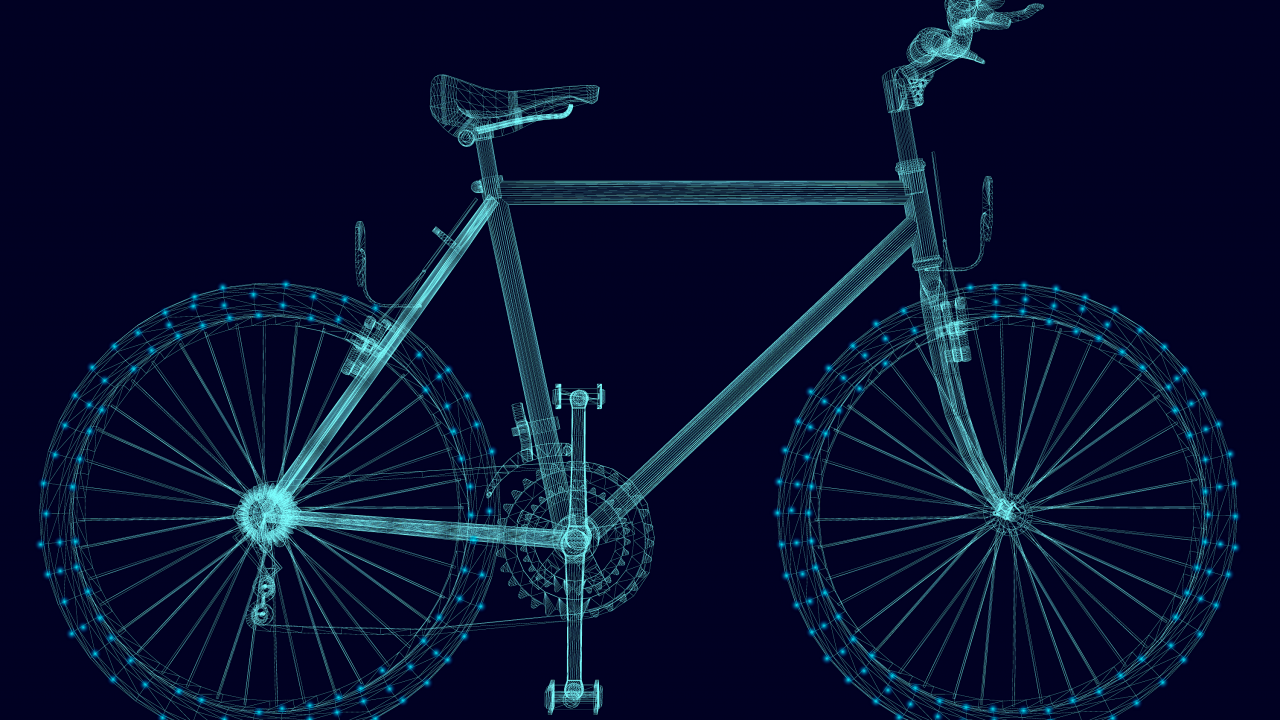Bicycles are used by millions of people for various activities such as commuting, racing, working out, fun, delivering, etc. The bicycle is used worldwide, across nations of all sizes and people of various ages.
How exactly does this two-wheeled object get us from point A to point B?
Researchers around the world have stated that riding a bike is more of a science than an art. In fact, riding a bicycle is incredibly complicated, where both the rider and the bike play a critical role in the process.
Instead of using gasoline or diesel fuel like motorized vehicles, bicycles turn our energy, created by our bodies, into kinetic energy. A bicycle can convert up to 90% of a person’s energy and movement into kinetic energy, making it the most efficient transportation mode to date. The kinetic energy created is then used to move the bike.
Momentum, along with a rider’s balance, helps keep the bike stable while traveling along a path.
The force used by pedaling allows the gears of a bike to spin the back wheel. As the back wheel rotates, the tire uses friction to grip the surface and move the bike in the desired direction.
The seemingly simple two-wheeled machine uses momentum, force, friction, and converts energy to get riders to their destination or enjoy a leisurely activity. For more information on the science of riding a bike, please click here.
Image Credit: Getty Images






